I’ve recently decided to make a series of posts with hypothetical thinking and analyzing of what Pokémon species could potentially be found in the world’s biomes. Not at all relative to the games, I will be focusing primarily of the elements, design, and relativity to real life flora and fauna of Pokémon to depict where different species would roam on our big blue marble.
This is my third Pokémon in our biomes post, and this time I will be focusing on savannas. I will be including grassland and forest savannas, and will be basing my post mainly around the African Savannas. Growing up as a kid, I never really found African animals all that interesting. Lions, hyenas, elephants, for some reason large mammals just never really appealed to me. BUT! For the sake of Pokémon and biology, I find the concept intriguing as there is a diverse array of life in savannas, all evolved to adapt for different things.

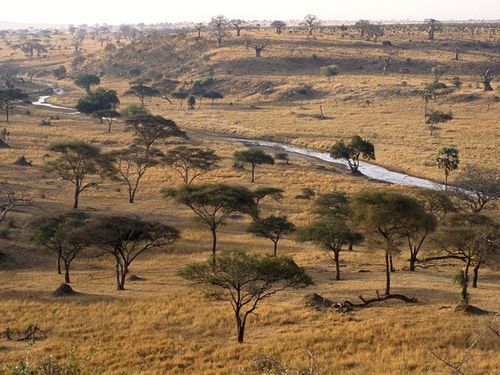
If you’ve ever seen The Lion King, you know what to think of when you hear African Savanna. Not a lot of trees, open grasslands, fairly dry. Potentially a harsh environment but as we all know, animals and people thrive in these conditions just like any other.
Let’s get started!
Litleo/Pyroar
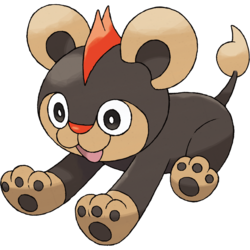

I don’t think it can get any more obvious than this. Although the Pokémon designers generally do a pretty darn good job for original designs, I personally find this one a little lazy. Nonetheless, these fierce feline Pokémon no doubt would reign the African Savanna with little to stop them. They are highly adapted, and clearly resemble the most successful and arguably powerful feline species in Africa.
Seviper/Zangoose
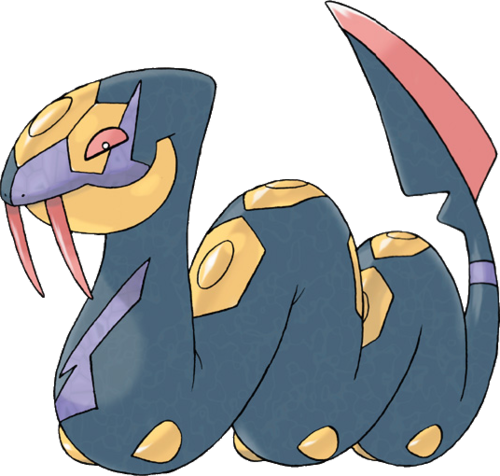

For those of you who don’t get the relation, mongoose in the wild have a great skill of hunting and killing venomous snakes. They have an extremely dense coat, high agility and acetylcholine receptors which allows them the resistance and even immunity of snake venom. Often seen sprawling with cobras and black mambas (a common sight in Africa, and also considered the most deadly snake in the world,) this is why you see Zangoose and Seviper going at it in the games and anime. Although I wanted to relate Seviper to the jungle inhabiting gaboon viper, based on its massive fangs, it seems appropriate that I place it in the savanna biome. An interesting duo, and like the mongoose and cobra/mamba, I would imagine that these two would go at it day and night throughout the African Savanna.
Skarmory
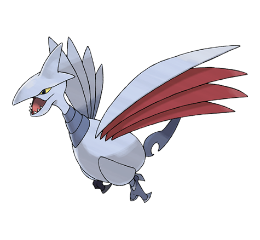
Okay, I really like this one. I noticed reading up on the African savanna plant species that pretty much EVERYTHING is covered in thorns. In Skarmory’s dex entries, it is said that it will make its nest in bramble bushes. To me, it makes perfect sense that Skarmory would be right at home in the prickly bushes in Africa. Another notable feature of Skarmory is it’s teeth. Obviously modeled after some kind of bird of prey, another reason Skarmory would be found in the African Savanna, is because it could find tons of small rodents in the thorn bushes to feed on. I can imagine a Skarmory circling high above a small thorn bush waiting for its chance to dive in on it and pull out a small rodent or something related to bring back to it’s nest.
All Nidos

In all honesty, other than the fact that these Pokémon are considered to live in savannas by Bulbapedia, I don’t have much of an explanation. They seem to resemble a very mammalian disposition, and their whole species seems to point towards them being considered one giant family. I find that in Africa, closely nit parent-offspring relationships are very prominent. Arguably due to the fact that Africa is known for it’s abundance of mammals, and mammals often care for their young throughout its whole life, regardless I would suspect that these mons would have no trouble surviving the trying life on the savanna. Another notable feature about their lineage and growth, it would be interesting to see exactly how these creatures would grow as a family. Would a newborn male Nidoran evolve to a Nidorino, leave the colony to start its own, or would it stay to eventually evolve into a Nidoking. Which raises another question, where would they get a moonstone? Surely Pokémon could evolve in the wild using stones without a trainer having to use it on them right? What if a Nidoran/rina was just wandering around, foraging for food when it happened to stumble across a peculiar rock formation and it suddenly evolved. Would it be able to return to the clan? Would it be deemed a threat? Would it be welcomed back? An interesting theory to consider indeed!
Meganium

Meganium holds a very close place to me in my heart. I got my first Pokémon game when I was 5, and it was gold. I picked Chikorita, and eventually got my first level 100 with Meganium. It knew poisonpowder, cut, razor leaf, and strength. Even though it clearly represents some sort of long necked dinosaur creature, I think that like the Nido family mentioned above, Meganiums still have a kind of mammalian appearance. A huge body and long neck, I kind of imagine them somewhat resembling a giraffe. I feel like Meganium would kind of act as one of the grazing species that provides meat for the more predatory Pokémon, as in all honesty, there doesn’t appear to be too many herbivorous savanna Pokémon out there. In large heards with Bayleefs and Chikoritas, I would imagine that these huge quadrupeds would flourish quite well as one of the more dominant herbivore species.
Donphan
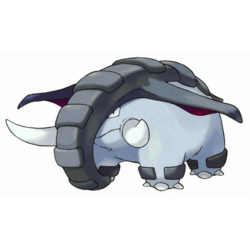
K yes, it looks like an elephant. Biologically, it actually looks like it would fare quite well in the savanna. I mean, it has a thick hide, long tusks to protect it from enemies, a keen sense of smell and hearing to detect nearby predators, it would do fairly well. Like an elephant, Donphan could also use its great sense of smell to find water. However, one thing I would like to point out about Donphan, is it’s ability to curl up into a ball and roll around like wheel. The savanna is long and flat. I imagine that being able to curl into a ball and roll vast distances in short periods of time would be pretty useful. Potentially a way to escape and defend itself against predators as well. Furthermore, it is another example of a herbivorous heard mammal that the African savanna is so famous for.
Doduo/Dodrio
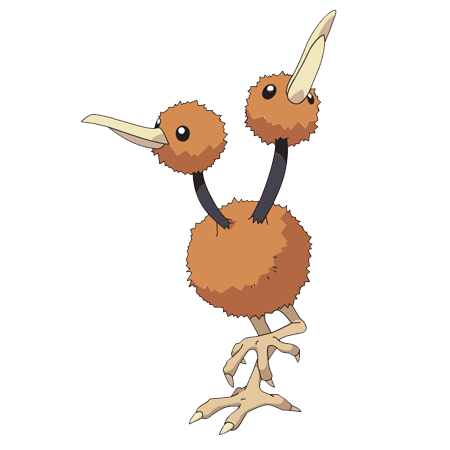
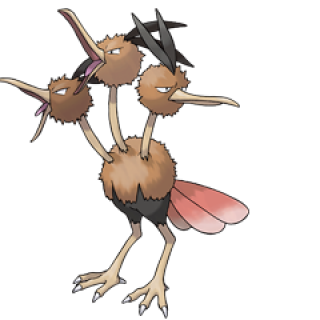
I love Dodrio. I think it is a really well designed Pokémon. Modeled after an ostrich or other large flightless bird, in several of its dex entries it is said to have three sets of lungs and hearts to allow it to travel long distances without rest. Even Doduo is known for its ability to run great distances. Again I can’t stress enough, Africa is long and flat. Often animals will have to migrate amazing distances to find food, or to adapt to the change in seasons. This is why you often see large heards of animals move at a time. From this trend, you could very well suspect that any Pokémon that travels in heards, or moves fast, would more than likely be found in the savanna.
There ya have it! Again this is only my interpretation and opinion. There are others I could throw on here, but I’ll leave that up to imagination. Even though I’m not a fan of the savanna, I did enjoy theorizing about the Pokémon you could find in it.
Thanks for reading! If you have any comments, feedback, or suggestions for my next biome, let me know!
